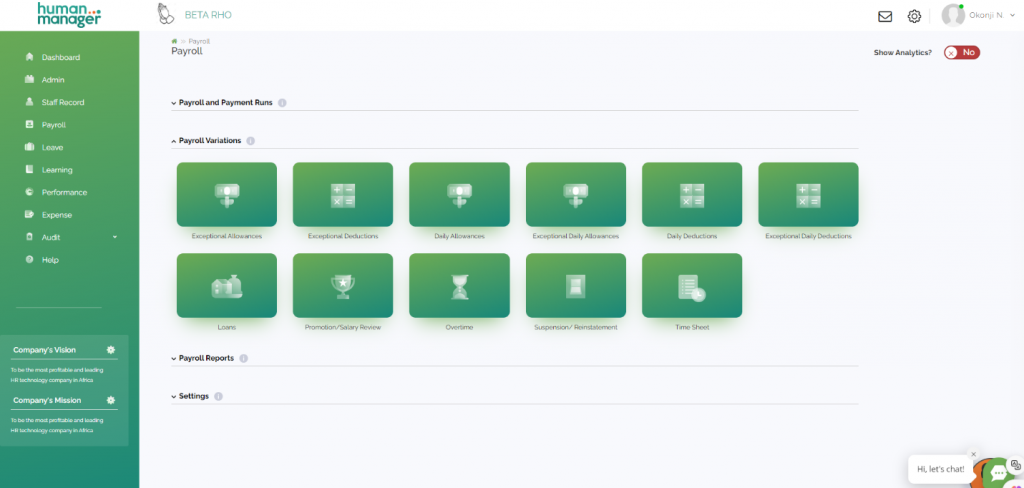By Angela Oghenejode
A career is more than just a job, it is what we diligently build with our skills and talents while providing personal fulfillment and a sense of purpose.
The moment you no longer feel fulfilled, recognized, appreciated, and undervalued, a career plateau sets in. This occurs due to several factors, reaching a stage in your career where it feels like progression is no longer possible, lack of job openings for growth, or personal factors that curtail career development. This often leads to feelings of being stagnant in your current role, decreased motivation, frustration, boredom, and dissatisfaction with the work environment or career prospects. Encountering a career plateau should not signal the end of the road, rather it is a time to go back to the drawing board to reassess & reinvent to come back renewed.
Here are five steps to help employees and employers overcome a career plateau.
1. Recognize the Signs
For employees, the first step is to recognize the signs of a career plateau—feeling bored, unchallenged, or stuck in the same position for an extended period. Employers should also be vigilant in identifying these signs among their team members, as it can affect job performance and overall productivity. Conducting a self-assessment helps employees understand their strengths, weaknesses, and career goals, which is essential for determining the root cause of the plateau. Employers can facilitate this process by offering regular performance reviews and feedback sessions.
2. Pursue Skills Development
Employees should actively seek opportunities to upgrade their skills through professional development courses, workshops, or gaining new certifications. This not only prepares you for future roles but also keeps you engaged in their current position. Employers can support this by offering a robust training and development program that includes internal training, online courses, seminars, and even tuition reimbursement for relevant studies. By investing in employees’ growth, companies not only enhance their talent pool but also improve employee satisfaction and retention.
3. Explore New Responsibilities
Employees who feel stuck should look for new challenges within their current roles. This might include taking on additional responsibilities, seeking out job rotation opportunities, or leading new projects. Employers can play a crucial role by identifying and offering these opportunities. Even if there’s no immediate chance for promotion, giving employees more autonomy or new tasks can make their current roles more fulfilling and prevent burnout.
4. Facilitate Networking Opportunities
Networking is vital for career growth. Employees should actively engage with peers, attend industry events, and build connections that might lead to new opportunities or career insights. Employers can foster networking by encouraging participation in professional organizations, hosting company events, and promoting cross-departmental collaboration. A strong network can help employees explore new career paths and gain perspectives that are essential for overcoming a plateau.
5. Seek Mentorship
Mentorship can be a powerful tool in navigating a career plateau. Employees should seek out mentors who can offer guidance, share experiences, and encourage during challenging times. For employers, establishing a formal mentorship program can help employees connect with seasoned professionals who can guide them through their career journey. This not only benefits the employee but also strengthens the organization by building a culture of continuous learning and support.
A career plateau, though difficult, offers a chance for growth for both employees and employers. By identifying the signs, enhancing skills, taking on new challenges, expanding networks, and seeking mentorship, employees can revitalize their careers, while employers can foster a more engaged and energized workforce. When navigating a career plateau, remember Jenny Steve Jobs’ advice: “The only way to do great work is to love what you do. If you haven’t found it yet, keep looking, don’t settle.” Let the plateau drive you to discover the best opportunities and focus on where you want to be.
About The Author
Angela Oghenejode is a product manager at HumanManager, where she is responsible for system users’ performance and overall business growth. Angela holds an MBA, and she is an Alumna of the Lagos Business School.






